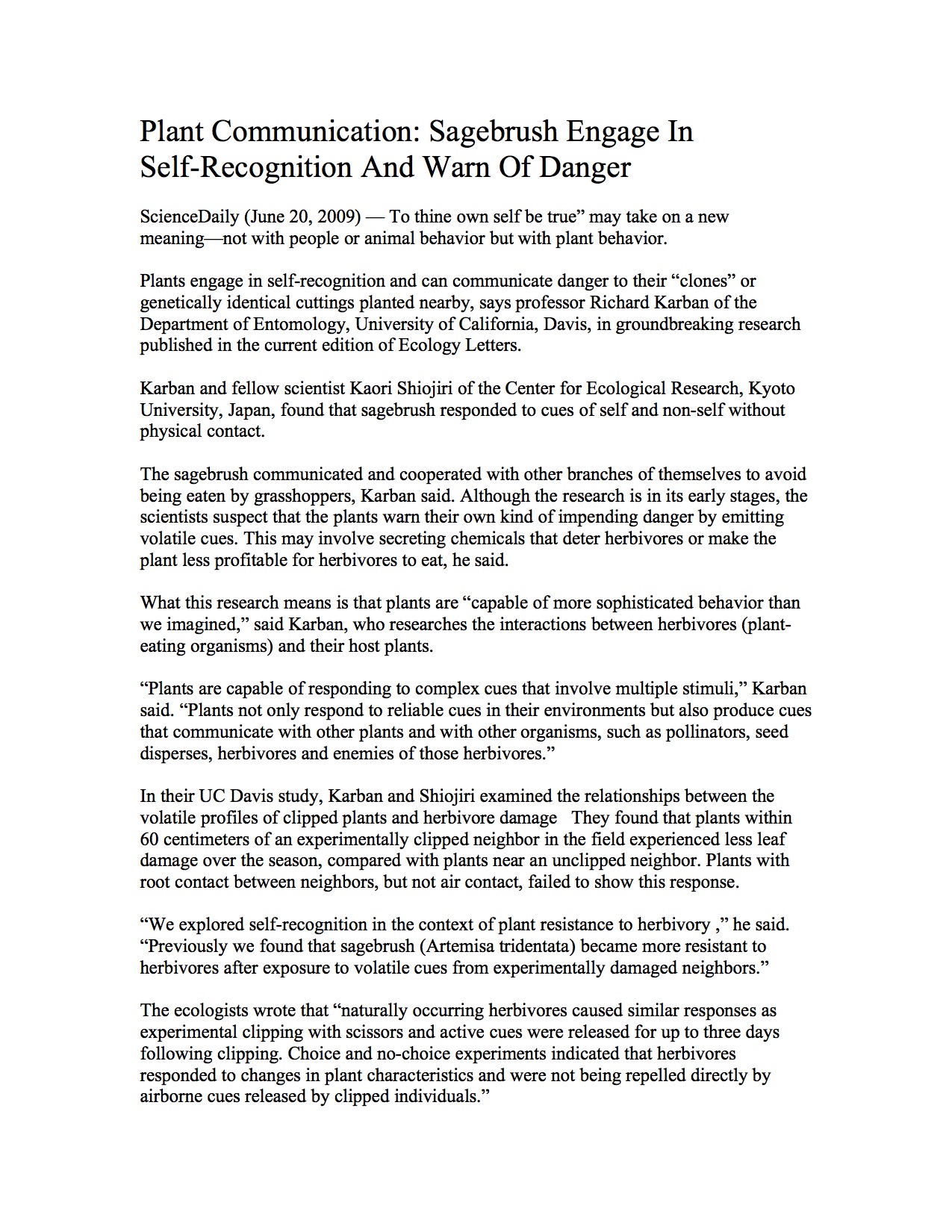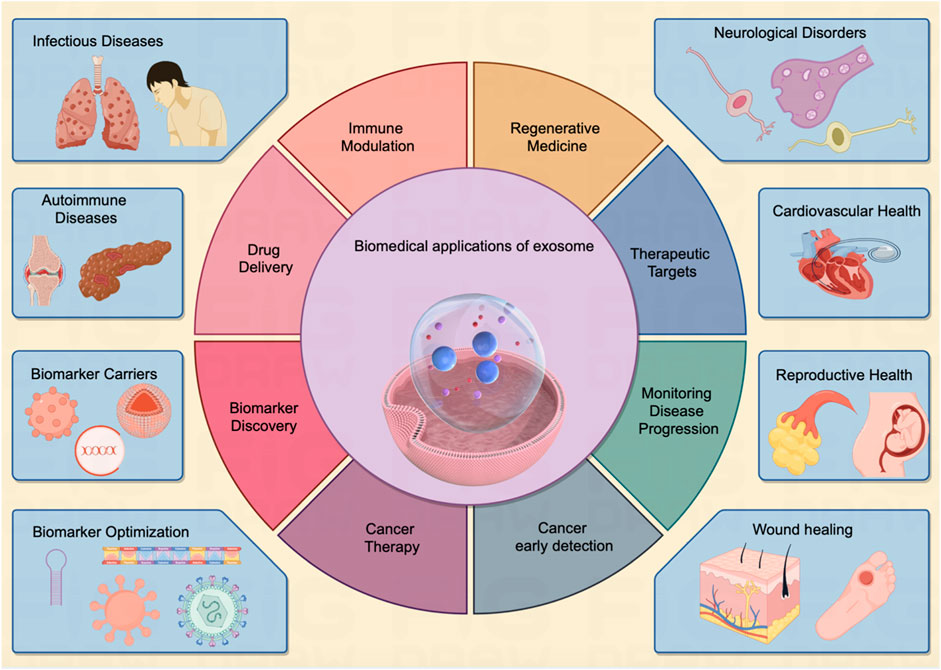Report on Novel Approaches to Type 2 Diabetes Prevention in Alignment with Sustainable Development Goal 3
Introduction: Addressing Non-Communicable Diseases
This report analyzes findings from a study conducted by the University Hospital of Tübingen, Helmholtz Munich, and the German Center for Diabetes Research (DZD) concerning the prevention of type 2 diabetes. The study’s implications are evaluated in the context of the United Nations Sustainable Development Goal 3 (SDG 3), which aims to ensure healthy lives and promote well-being for all at all ages. Specifically, the findings contribute to Target 3.4, which seeks to reduce premature mortality from non-communicable diseases (NCDs) through prevention and treatment.
The Global Burden of Prediabetes and its Impact on SDG 3
Prediabetes represents a significant global health challenge, undermining progress towards SDG 3. It is a precursor to type 2 diabetes, a major NCD affecting over 460 million people worldwide and linked to severe complications such as cardiovascular disease and cancer.
- Prevalence: An estimated one in ten adults is affected by prediabetes, with a high number of unreported cases suggesting the actual figure is much larger.
- Pathophysiology: The condition is characterized by elevated blood sugar levels resulting from increased cellular resistance to insulin.
- Challenge to SDG 3: The high risk of progression from prediabetes to type 2 diabetes places a substantial burden on health systems and hinders efforts to reduce premature mortality from NCDs.
Analysis of a Long-Term Study on Diabetes Prevention
Methodology and Participant Cohort
A long-term study involving over 1,100 participants with prediabetes was conducted to assess the impact of lifestyle interventions. The development of type 2 diabetes was monitored for up to nine years following an initial one-year intervention period. The analysis focused on the relationship between weight change, blood sugar normalization, and diabetes risk.
Key Findings on Glycemic Control and Risk Reduction
The study revealed that achieving normal blood sugar levels is a more critical factor in diabetes prevention than weight loss alone. This finding challenges conventional prevention strategies and offers a new perspective on achieving health outcomes aligned with SDG 3.
- Of 234 participants who did not lose or even gained weight, 22% successfully normalized their blood sugar levels through lifestyle changes.
- This group, despite no weight loss, reduced their risk of developing type 2 diabetes by 71%.
- This risk reduction is nearly identical to the 73% reduction observed in participants who did lose weight.
Implications for Global Health Strategies and SDG 3 Targets
Shifting Focus from Weight to Metabolic Health
The results advocate for a paradigm shift in diabetes prevention, moving from a singular focus on weight reduction to a more comprehensive approach centered on metabolic health and glycemic control. This nuanced strategy can enhance the effectiveness of public health interventions aimed at meeting SDG 3.4.
- Primary Goal: The restoration of normal fasting blood sugar should be considered the most important therapeutic goal.
- Role of Lifestyle: A balanced diet and sufficient physical activity remain the key mechanisms for achieving glycemic control, independent of their effect on body weight.
The Decisive Role of Fat Distribution
A critical factor identified in the study was the distribution of body fat. Participants who normalized blood sugar without weight loss demonstrated a reduction in visceral abdominal fat—the fat surrounding internal organs that is strongly linked to insulin resistance and inflammation.
- Visceral Fat: This type of fat releases signaling molecules that disrupt metabolic processes and contribute directly to the development of type 2 diabetes.
- Lifestyle Impact: Lifestyle modifications effectively reduced harmful visceral fat, improving metabolic health even without a change in overall body weight.
Conclusion: Advancing SDG 3 Through Evidence-Based Prevention
The study underscores that prediabetes remission is the most effective preventative measure against type 2 diabetes. The findings strongly suggest that public health guidelines and clinical practice should be updated to better align with the objectives of SDG 3. To effectively combat the NCD epidemic, prevention strategies must evolve.
Recommendations for Policy and Practice
- Update Guidelines: Future guidelines for diabetes prevention should prioritize target glycemic values and fat distribution patterns alongside weight management goals.
- Promote Healthy Lifestyles: Public health campaigns should continue to emphasize the importance of a balanced diet and physical activity as the primary means to normalize blood sugar and reduce visceral fat.
- Focus on Health Outcomes: Success in NCD prevention should be measured by metabolic health improvements, such as normalized blood glucose, rather than solely by weight on a scale.
1. SDGs Addressed or Connected
SDG 3: Good Health and Well-being
- The article directly addresses SDG 3 by focusing on the prevention of a major non-communicable disease (NCD), type 2 diabetes. It explores effective health strategies for millions of people worldwide living with prediabetes, a condition that significantly increases the risk of developing type 2 diabetes and its associated complications like cardiovascular disease. The core theme is promoting health and well-being through proactive lifestyle interventions and improved medical guidelines.
2. Specific Targets Identified
-
Target 3.4: By 2030, reduce by one-third premature mortality from non-communicable diseases through prevention and treatment and promote mental health and well-being.
- The article is centered on the prevention of type 2 diabetes, a primary NCD. It discusses strategies like “a healthy lifestyle,” “increased physical activity,” and a “balanced diet” to stop the progression from prediabetes to diabetes. The study’s finding that normalizing blood sugar levels can reduce the risk of developing diabetes by up to 71% is a direct contribution to the “prevention” aspect of this target.
-
Target 3.d: Strengthen the capacity of all countries… for early warning, risk reduction and management of national and global health risks.
- Prediabetes is identified as a significant global health risk, affecting “one in ten adults” and leading to type 2 diabetes, which “affects more than 460 million people worldwide.” The research presented in the article contributes to strengthening the capacity for risk management by providing new evidence. It calls for an update to clinical “practice guidelines” to shift the focus from solely weight reduction to include “target glycemic values” and “fat distribution patterns,” thereby improving the management strategy for this widespread health risk.
3. Indicators Mentioned or Implied
-
Incidence of type 2 diabetes
- The article explicitly measures the effectiveness of lifestyle interventions by monitoring the “development of type 2 diabetes” over nine years. A reduction in this incidence rate among the prediabetic population is the primary outcome measure and a direct indicator of progress towards preventing NCDs (Target 3.4).
-
Prediabetes remission rate (normalization of blood sugar)
- The study highlights that “restoring a normal fasting blood sugar level is the most important goal.” It quantifies that “a good 22 percent of them normalized their blood sugar levels” even without weight loss. This rate of remission is presented as a key success metric and a crucial indicator for measuring the effectiveness of prevention strategies.
-
Percentage of visceral (abdominal) fat
- The analysis points to fat distribution as a “decisive factor,” noting that participants who normalized blood sugar had a “lower percentage of abdominal fat.” This implies that measuring changes in visceral fat, not just overall body weight, is a more precise indicator of reduced diabetes risk.
-
Adoption of updated clinical guidelines
- The article concludes by recommending that “guidelines for the prevention and treatment of type 2 diabetes should not only take weight into account, but above all blood glucose control and fat distribution patterns.” The adoption of these recommendations into official national or international health guidelines serves as a qualitative indicator of strengthened capacity for health risk management (Target 3.d).
4. Summary Table: SDGs, Targets, and Indicators
| SDGs | Targets | Indicators |
|---|---|---|
| SDG 3: Good Health and Well-being | Target 3.4: Reduce premature mortality from non-communicable diseases (NCDs) through prevention and treatment. |
|
| SDG 3: Good Health and Well-being | Target 3.d: Strengthen the capacity for early warning, risk reduction and management of health risks. |
|
Source: sciencedaily.com







